

Experience masterpieces of human creativity and spirituality by visiting Iran’s 23 UNESCO World Heritage sites with many other tourist attractions who are on the tentative list.


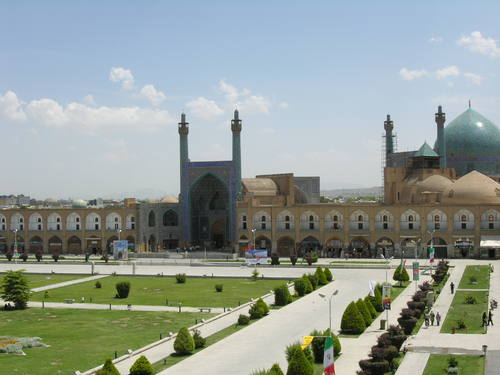


Naqsh-e jahan Square is a large rectangular square in the city of Isfahan, surrounded by monuments from the Safavid period. The Naqsh-e jahan Square has been shaped in modern times during the reign of Shah Abbas Safavi. The monuments in the Square include Aali qapu palace, royal Mosque, Sheikh Lotfollah Mosque and Qasiryah bazaar gateway. | Read More


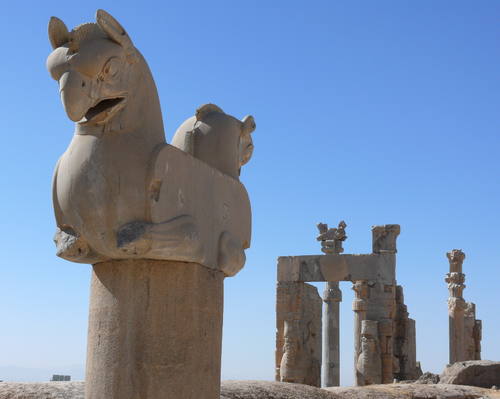


Persepolis or Pars is one of the ancient cities of Iran, which has been the capital of the kingdom of Iran during the Achaemenid Empire for many years. In 518 BCE, the construction of Persepolis began as the new capital of the Achaemenids in Pars. The belief in the historians is that Alexander the Macedonian commander of Greece in 330 BC attacked Iran and set fire to Persepolis. | Read More


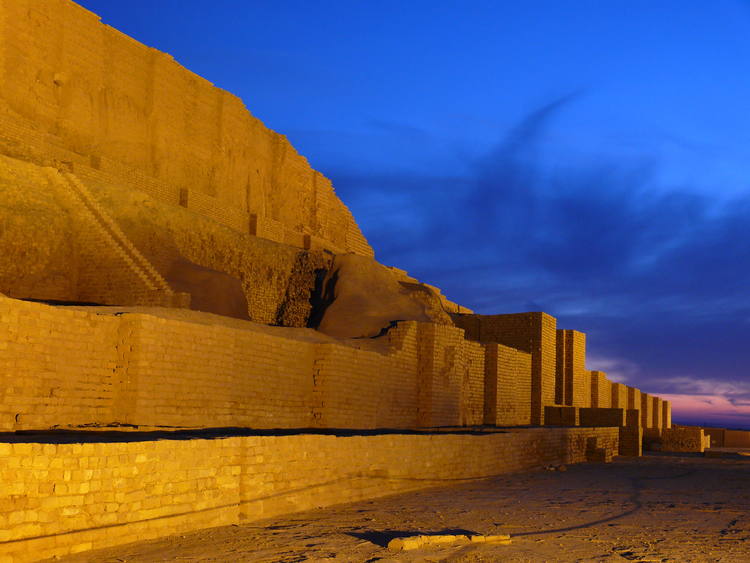


Tchogha Zanbil is an ancient sanctuary built during Ilam kingdom and around 1250 BC and is located near Susa (ancient city) in Khuzestan province. In 1979, this structure was the first Iranian monument to be listed on the UNESCO World Heritage List. The international community for it is exceptional and global. Coghazenbil orientalists are considered the first Iranian religious building.| Read More


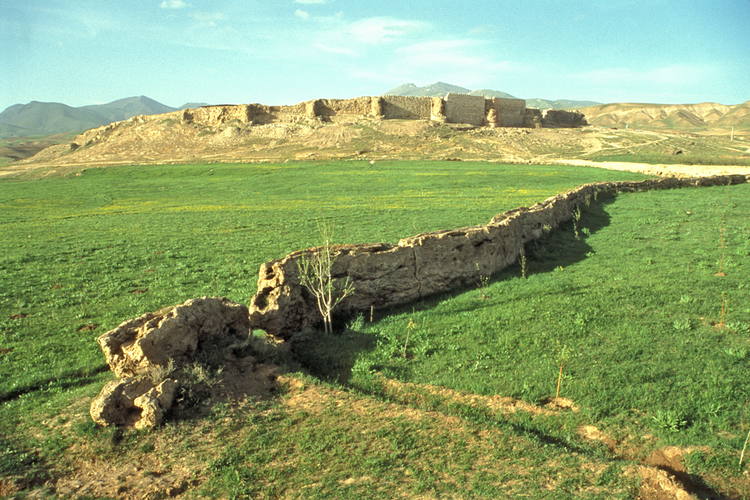


Takht Solomon is a large historical site, near Takab and Takht-e-Solomon village in West Azarbaijan province. The monuments on Takht-e Solomon are built around natural lakes. The works of the Parthian, Sassanid, and Ilkhanan periods have been found in this site. The most important works are the fire temple and Sassanid forums.| Read More





The Bam Citadel is the largest brick structure in the world, located near the city of Bam in the province of Kerman in southeastern Iran. On December 5, 2003, the Bam Citadel was almost completely destroyed by the severe earthquake that affected the city of Bam and the suburbs. This huge citadel, located on the Silk Road, was built in the 5th century BC and continued to be used until 1850 AD. It is not clear why it was not used again after that.| Read More


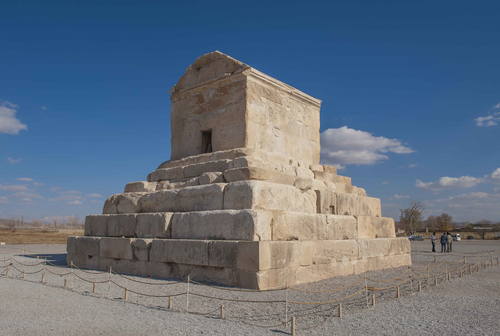


The Pasargad World Heritage Site is a collection of ancient Achaemenid archeological structures that have been located in Fars province. In 529 BC, Cyrus the Great invaded the tribes of the Scythians in Central Asia (northeast of Iran) and was killed in the Massaghat war and burried him in Pasargad.| Read More


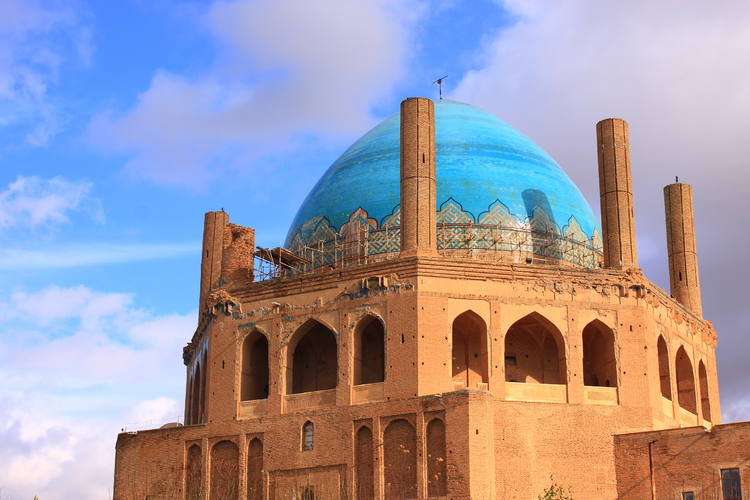


Soltanaye Dome is the tomb of Mohammad Khodabandeh Al-Jayto that was built in 1302-1131 in the city of Soltanieh (the capital of the Ilkhanis) and is one of the important works of Iranian and Islamic architecture. It is renowned for its architecture and decor, as well as its large dome in the world. The color of the dome is blue.| Read More


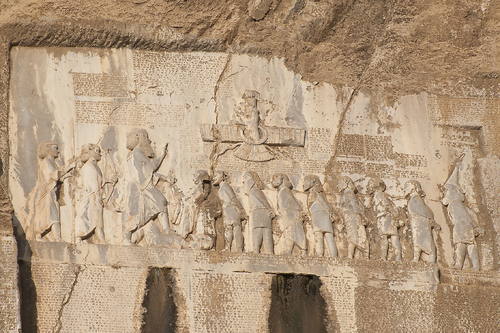


Bisotun Inscription The world's largest inscription, the first well-known Iranian text, and the works of the Achaemenid dynasty (520 BC) located on the slopes of Bisotun Mountains. Bisotun Inscription is one of the most important documents of the history of the world and the most important historical text during the Achaemenid period, which describes the description of the victory of Darius the Great on the Gumaat of the Magi and the rebellion of the insurgents.| Read More


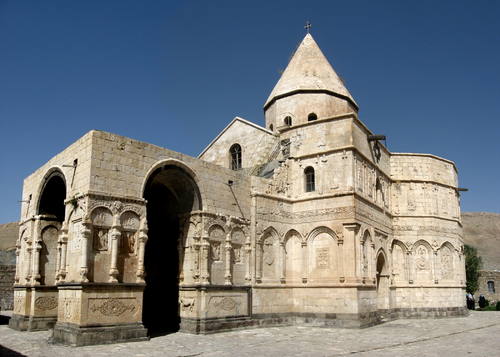


Armenian Monastic Ensembles of Iran is a collection of three Armenian churches (St. Thaddeus Monastery, Saint Stepanos Monastery and Chapel of Dzordzor), located in the provinces of West Azerbaijan and East Azarbaijan. These churches were established between the ages of the seventh and fourteenth centuries and rebuilt over history more than once.| Read More


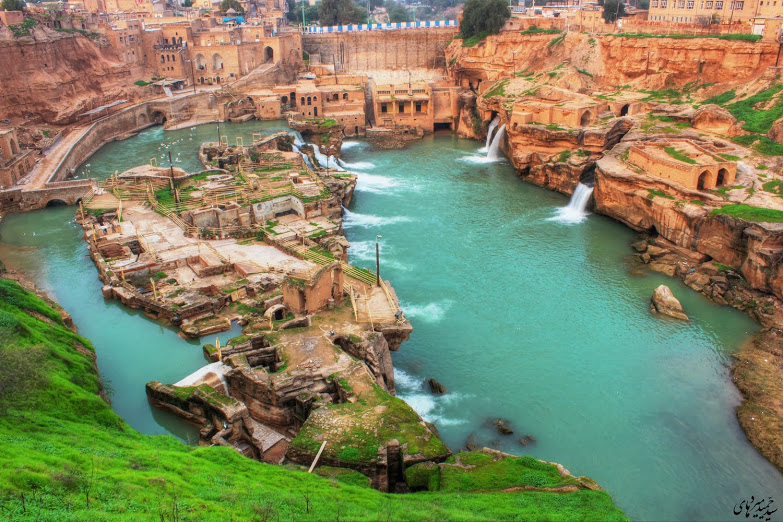


Shushtar aquatic structures during the Sassanian era have been constructed to use water as a stimulus for industrial mills. In this large complex, grinding mills, waterfalls, canals and massive water tunnels are remarkable and interesting. Famous French archaeologist Madame Jean Diulaphou has mentioned this site as the largest industrial complex before the Industrial Revolution.


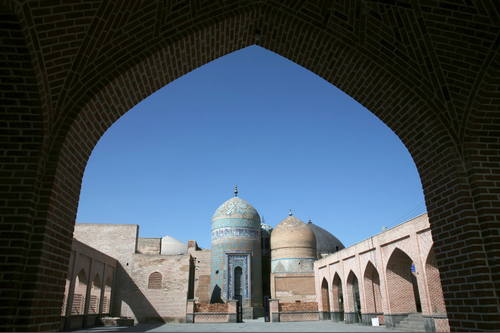


The exquisite collection of the tomb of Sheikh Safiuddin, the ancestor of the Safavid Kings, was built in the year 1334 AD by his son Sadr al-Din Musa. In the Safavid era, the monastery of Sheikh was decorated with the presence of the great masters of the Safavid era. One of the unique items of this collection is that this tomb contains dozens of exquisite works in various arts subjects.| Read More


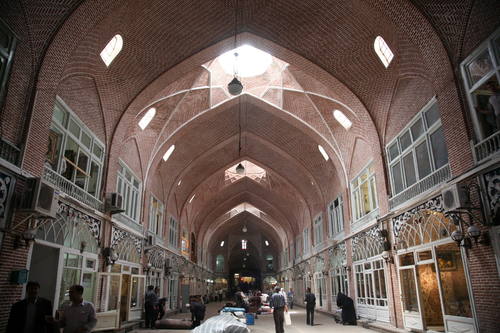


The Tabriz market is the largest and most important indoor market in Iran and the continent of Asia. The market is about one square kilometer, the largest indoor market in the world. This market consists of markets, tambours, buildings and various caravansaries.| Read More


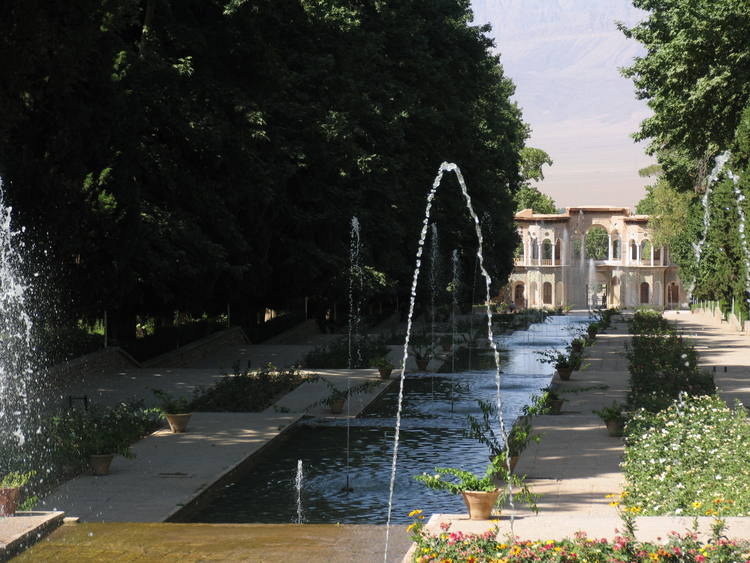


Persian Garden refers to its unique structure and design. The Persian Garden Pasargad is considered the root of the architecture of these gardens. The great Cyrus had personally ordered the creation of the Pasargadae Garden, and in fact the geometry of the garden and its form and its meaning from the viewpoint that Cyrus was taken to the Iranian garden. In the Sassanid period, gardens were formed in front of palaces and temples. In 2011, Persian gardens of Pasargad, Eram, Chehelsotun, Fein, Abbasabad, Shazdeh Gardens, Dolatabad, Pahlavanpur, and Akbarieh were recorded as World Heritage. | Read More


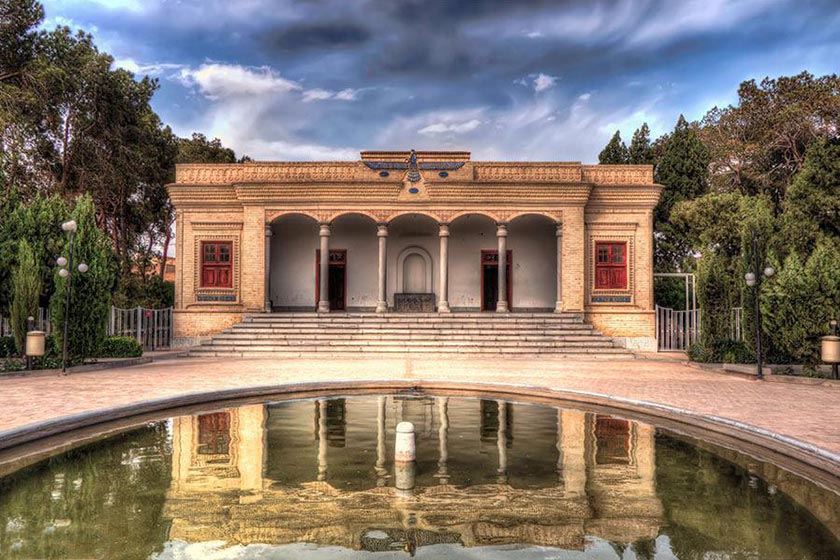


Gonbad-e-Qaboos Tower is a historical monument which is located in the city of Gonbad-e-Kavoos, north of Iran in Golestan province.
The building, which is the tallest brick tower in the world, is located above ground slopes that are 15 meters taller than Earth. The height of it is 72 meters. It was built in 996 AC, during the reign of Kavos Voshmgir and in the city of Gonbad-e-Kavus, the capital of the kings of Al-Ziar.





The Masjed-e Jamé of Isfahan is one of the most important and oldest religious buildings in Iran. This mosque has a large historical collection of different parts, each of which represents the course of Islamic art in particular periods. According to historical evidence, the Mosque of Isfahan was built on the ruins of an older mosque built by Arabs settled in Isfahan 1300 years ago. The first mosque was erected on the ruins of the mosques of the late Sassanid period. The Masjed-e Jamé of Isfahan reflects the Byzantine and classical art in the form of a traditional Islamic building.| Read More


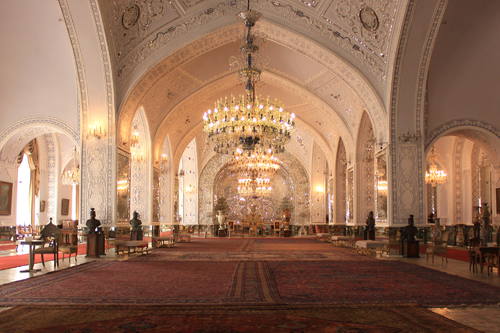


The 440-year-old Golestan Palace is one of the most exclusive historical collections in Iran.
Golestan Palace is a collection of buildings located in Tehran. The buildings of this palace are built at different times. The beginning of its construction dates back to the historic citadel of Tehran and the time of Shah Tahmasb I during the Safavid period in the old part of Tehran. But during the Qajar period there was a lot of expansion and became the residence of Qajar kings.| Read More


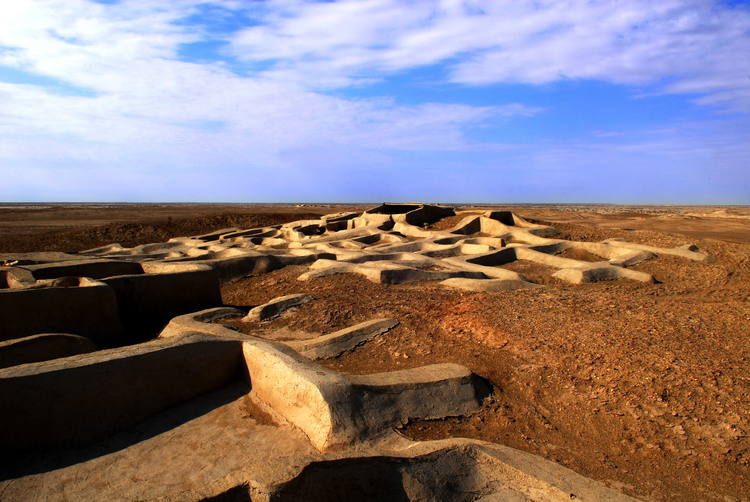


The burned city is the name of the remnants of an ancient city in Iran, which has been known as one of the most advanced ancient cities of the world, with its 5000-year history. The construction of this great city coincides with the bronze period and the civilization of Jiroft.| Read More


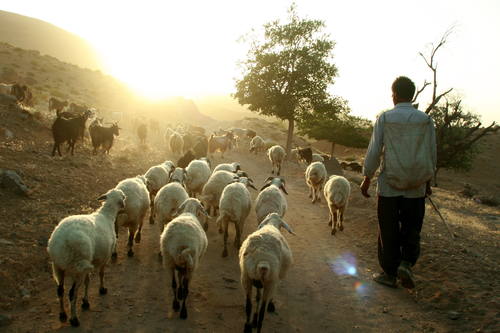


At the end of the valley in the south of the central Iranian mountains, the historic area of Meymand is located, with the lifestyle of its people continuing from the years to the present day in the traditional way. The nomads, who spend their time through farming and animal husbandry, travel between their summer and winter residence in different seasons of the year. During the cold season, they stay at the end of the valley and in the rocky houses built in the heart of the mountain.| Read More


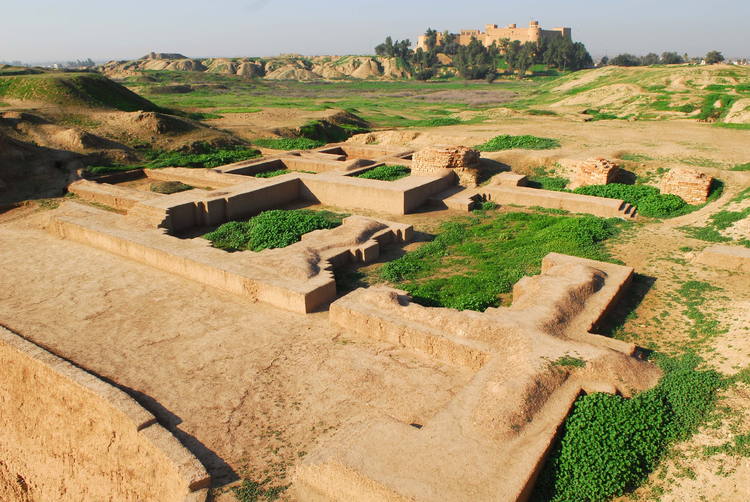


The ancient city of Susa is one of the oldest known settlements in the world. According to archaeological documents of Susa, it is one of the most important and magnificent ancient cities of Iran and the world. The ancient city of Susa once was the center of the collision of two important civilizations, each of which contributed to its contribution to the other.| Read More


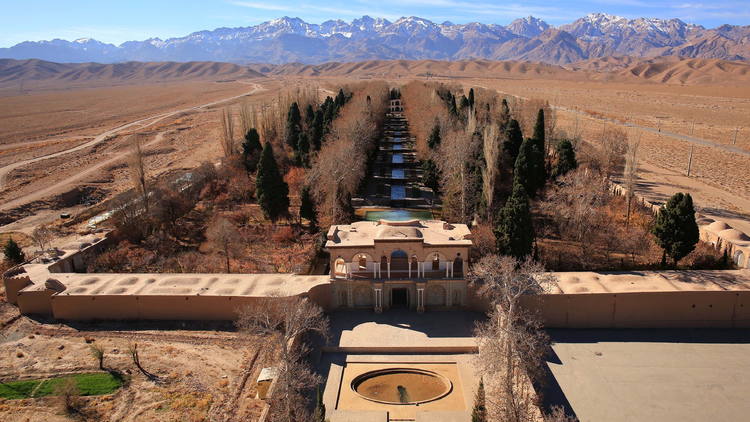


The Qanat is a canal lined up underground, so that water can flow to the surface. This canal is deep in the ground to link up the chains that come from their main-well. The main-well is usually an underground spring. The Qanats are used to guide water and manage it for farming and other uses. This Qanat can be several kilometers long to reach the ground.| Read More


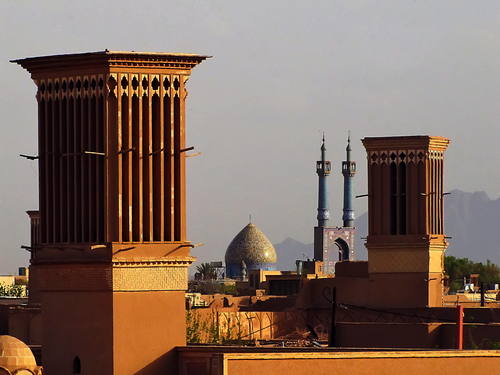


The construction and architecture of Yazd is one of the most prominent architectural examples of hot and dry climates in the world. beyond the special beauty of this architecture Its fit with the climate and cultural needs of the people of the region. In the center of each neighborhood, there is usually a bath, a bazaar, a water storage, a mosque, a hoseinieh, small workshops, and a stream of water (for access to the aqueduct), many of which are still alive. Pylons, minarets and domes are the most obvious architectural aspect of the city.| Read More


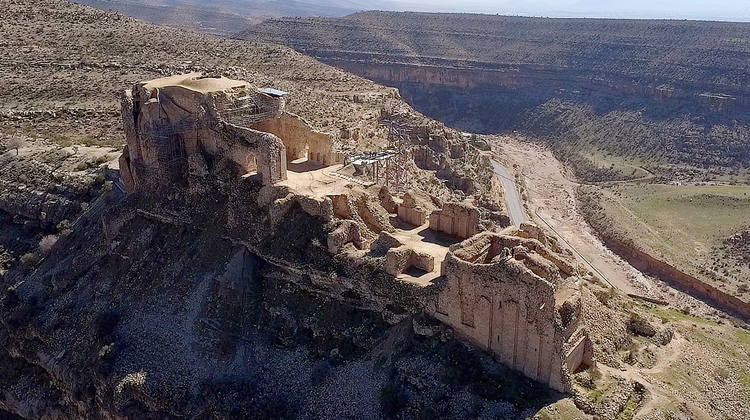


These structures, palaces, and towns extend throughout the region early and late in the Sassanian Empire, from 224 to 658 AD.| Read More